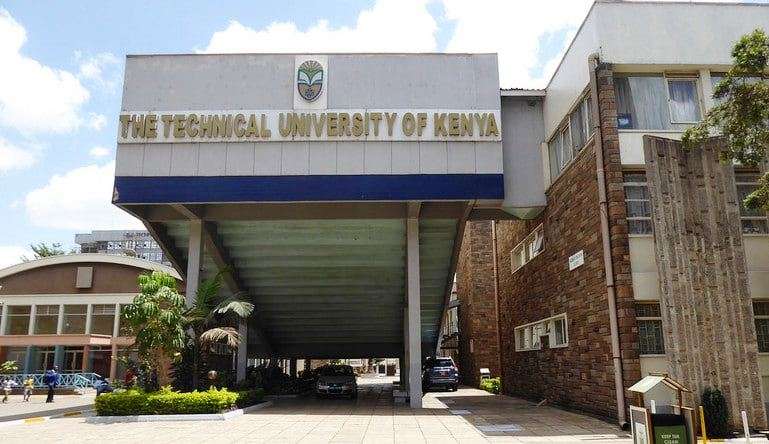Kenya’s Level 4 hospitals are facing a monumental crisis, as outlined in recent audit reports for the financial years 2022 and 2023 by the Auditor General, Nancy Gathungu. These audits shed light on severe deficiencies in staffing, equipment, infrastructure, and financial management across multiple hospitals, jeopardizing healthcare services for millions of Kenyans.
From expired drugs on shelves to dangerously inadequate staffing levels, the report paints a troubling picture of a healthcare system in distress. Here, The Weekly Vision delves into the key findings and the specific hospitals highlighted in the report, exploring the implications for patient care and public health.
Staffing Shortages and Equipment Deficits
Hospitals such as Murang’a Level 5 are operating with a skeleton staff far below the required levels. Murang’a, for example, has just 16 medical doctors on staff where the recommended standard is 50, and only four dental officers instead of the needed 30. Radiology services are similarly strained, with just seven radiographers against a requirement of 23, and only two functioning theatres for a facility that should have seven. Such gaps mean patients face long waits and potentially compromised care, especially in urgent cases.
In Makueni County Referral Hospital, the situation is just as dire. This hospital has only two of the required 12 ICU beds and no functioning mammography or CT scan machines, essential for diagnosing and treating severe illnesses. Without sufficient medical staff and functional equipment, achieving the national Universal Health Coverage (UHC) goals appears increasingly out of reach.
Critical Infrastructure and Sanitation Failures
Some hospitals, including Mandera County Referral Hospital, struggle with basic infrastructure, lacking reliable water and drainage systems. For facilities meant to handle serious medical cases, such shortages undermine hygiene and patient safety. In Mandera, where only four HDU (High Dependency Unit) beds are available instead of the required six, inadequate infrastructure puts critically ill patients at risk. Furthermore, unsupported waivers on patient bills have been issued, violating financial regulations and leading to revenue losses.
Msambweni County Referral Hospital also faces critical shortages, with only 50 beds when the recommended number is 218. ICU and HDU services are limited, and the hospital has fewer than half the required incubators for newborns. Such deficiencies make it difficult for these hospitals to provide the high standard of care required under the Health Act, 2017, and Article 43(1) of the Constitution of Kenya, 2010, which enshrines citizens’ right to health services.
Expired Medications and Poor Inventory Management
Expired medication is another significant issue, with hospitals like Molo Level 4 holding over 50,000 units of outdated drugs. Stock cards used in drug distribution often lack essential tracking information, such as batch numbers and expiry dates. At Mount Kenya Sub-county Hospital, drugs worth Ksh 338,981 expired on-site, with no measures taken to dispose of them safely. In Mukurwe-ini Subcounty Level 4, KSh 24 million worth of drugs were accepted and issued without adequate control, raising concerns about quality and accountability.
Questionable Financial Sustainability
The report highlights financial vulnerabilities in several hospitals, questioning their ability to sustain operations. At Makueni County Referral Hospital, liabilities now exceed assets, leaving the hospital with a negative balance of KSh 17.4 million. Despite serving a high patient flow of 600–800 daily, Murang’a Level 5 operates on an unsustainable budget and reported expired drugs worth nearly KSh 1 million. These financial strains suggest a looming crisis, with hospitals potentially unable to maintain their services.
Lack of Compliance with Universal Health Coverage (UHC) Standards
The report identifies several hospitals that fall short of UHC standards. For instance, Mandera County Referral Hospital fails to meet Kenya’s Quality Model for Health guidelines due to a shortage of anesthesiologists. In Makueni County Referral Hospital, multiple essential machines were out of service, including dialysis and ultrasound machines, severely impacting diagnostics and treatment options. Non-compliance with UHC requirements not only affects hospital accreditation but also erodes public confidence in Kenya’s healthcare system.
Deteriorating Living Conditions for Medical Staff
The report also flagged poor housing for staff in facilities like Muhoroni County Level 4, where 16 out of 20 staff houses were condemned due to asbestos roofing and structural cracks. Doctors and on-call staff have been forced to rent homes far from the hospital, which delays response times in emergencies. Such conditions not only affect morale but may lead to further attrition of essential healthcare workers.
Conclusion:
An Urgent Call for Reform
The Auditor General’s report reveals an alarming situation that calls for immediate intervention. The deficiencies outlined in staffing, infrastructure, equipment, financial management, and patient care standards expose a healthcare system that is increasingly unable to fulfil its mandate. With these deficiencies, Kenya risks failing its constitutional duty to ensure the highest attainable standard of health for its citizens. Urgent measures are needed from national and county governments, including increased funding, strategic investments in healthcare infrastructure, better management oversight, and adherence to the Health Act and UHC standards.
Kenya’s Level 4 hospitals are vital to delivering healthcare services to communities across the country. Addressing these issues is not only a matter of policy compliance but a critical step toward safeguarding the health and well-being of the nation.





